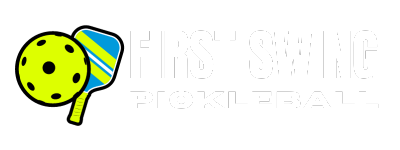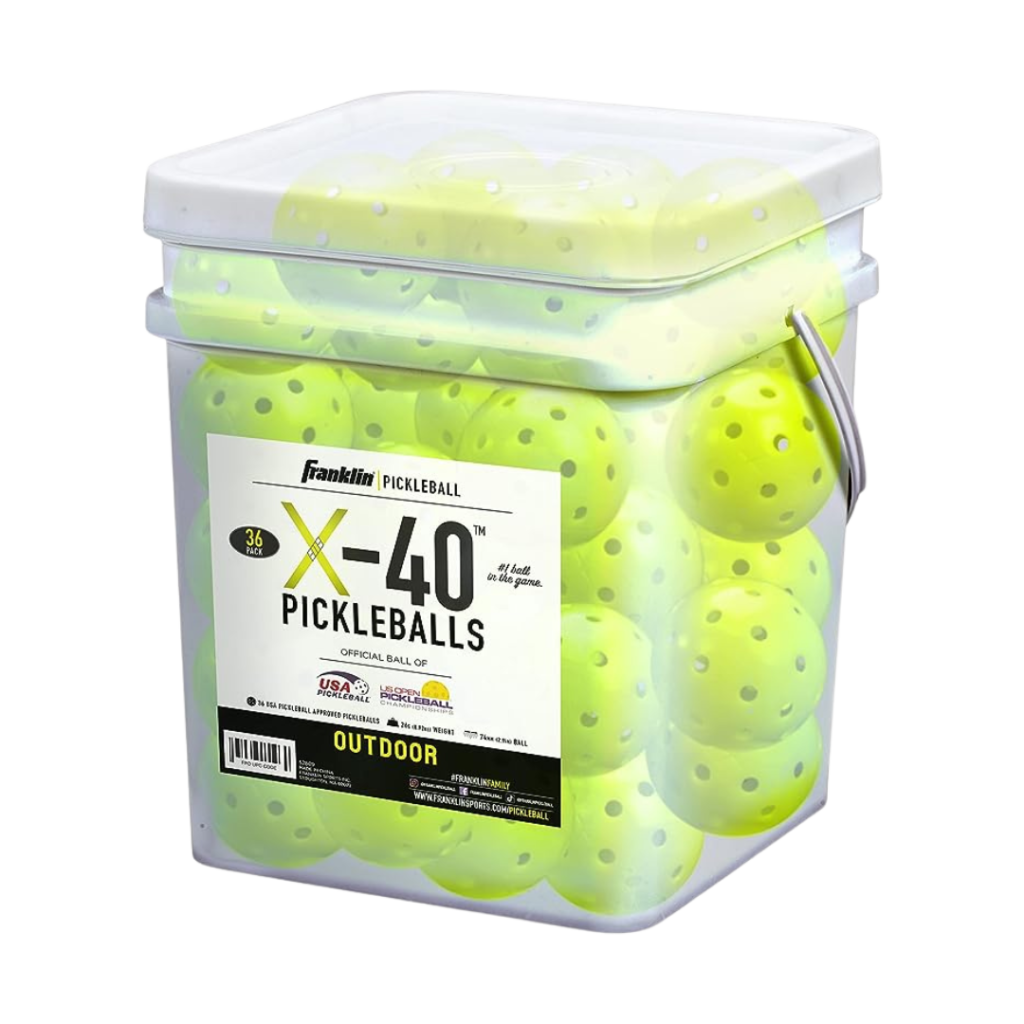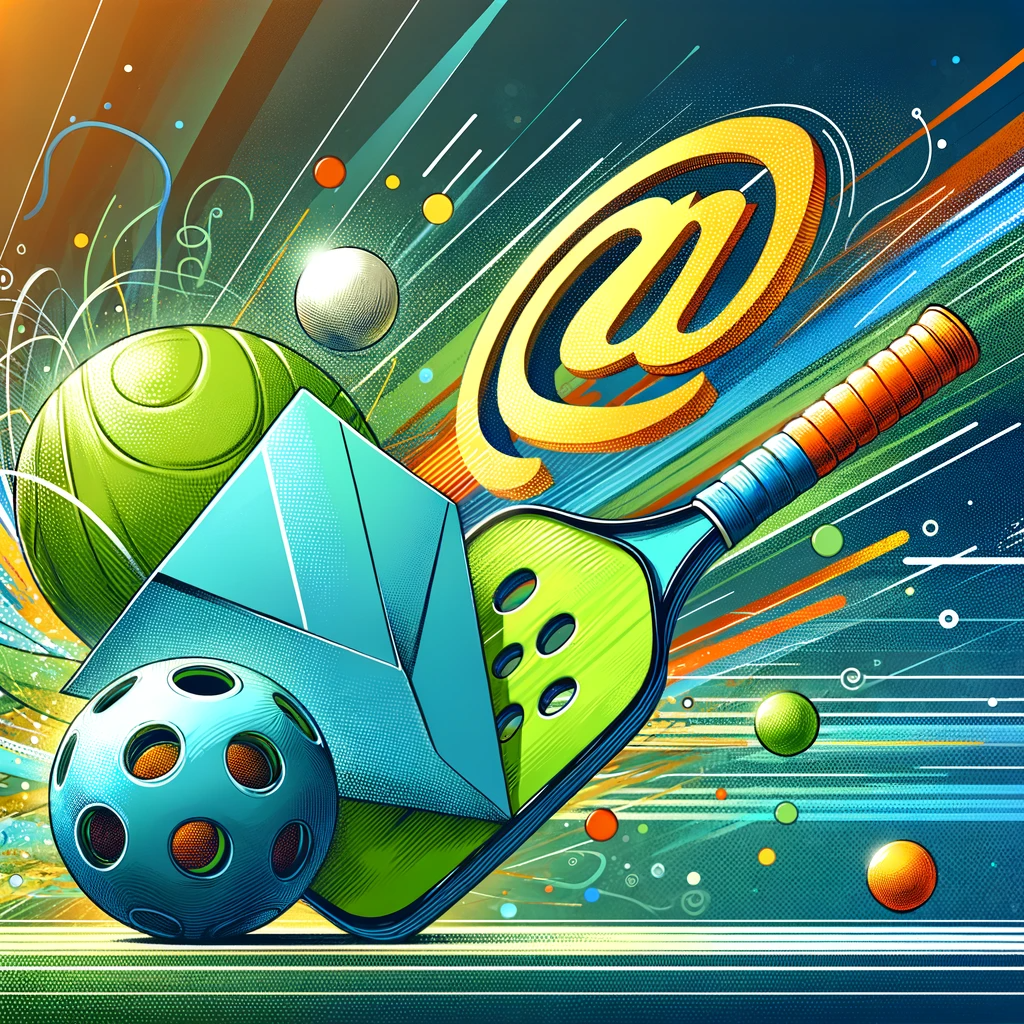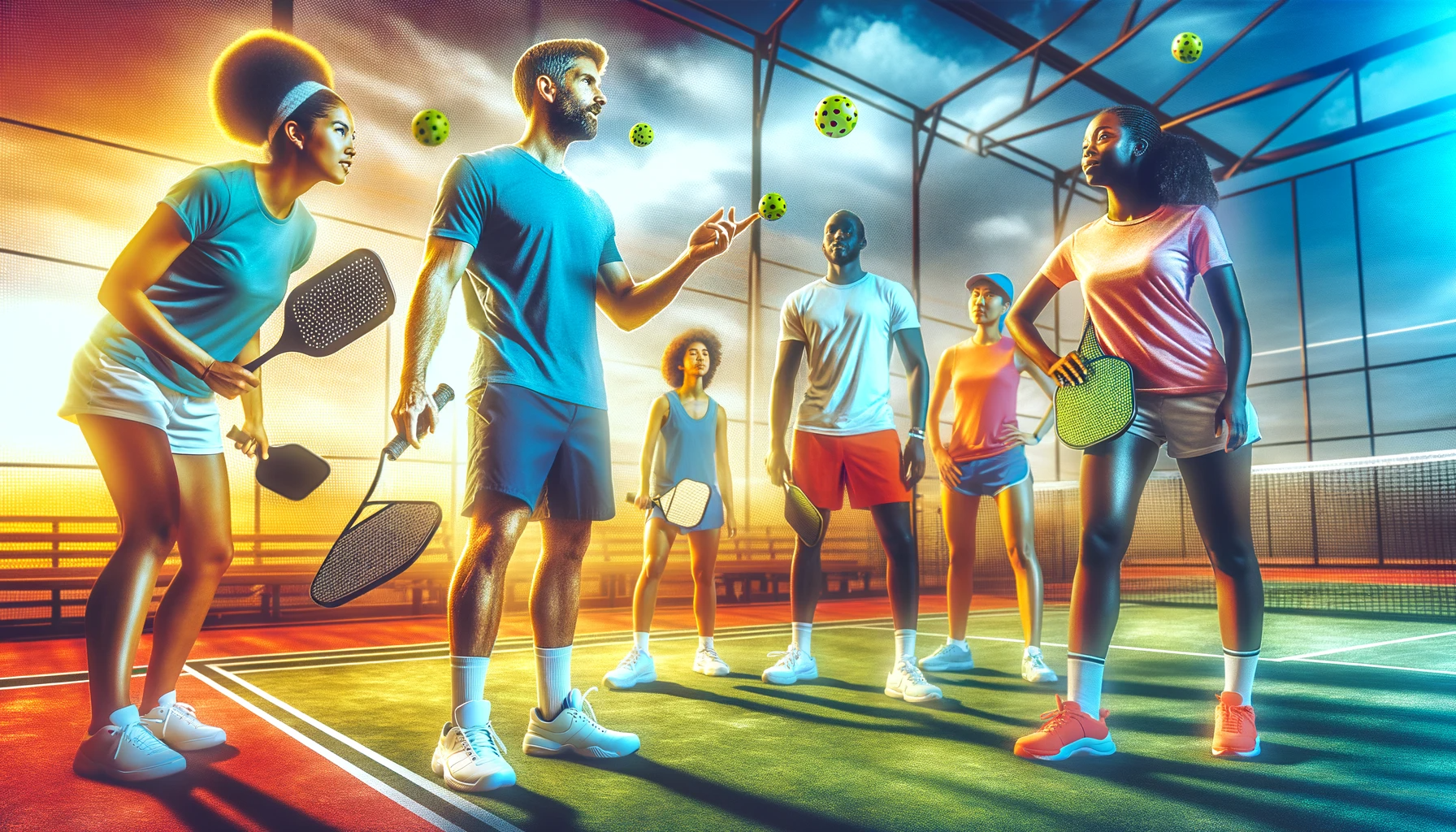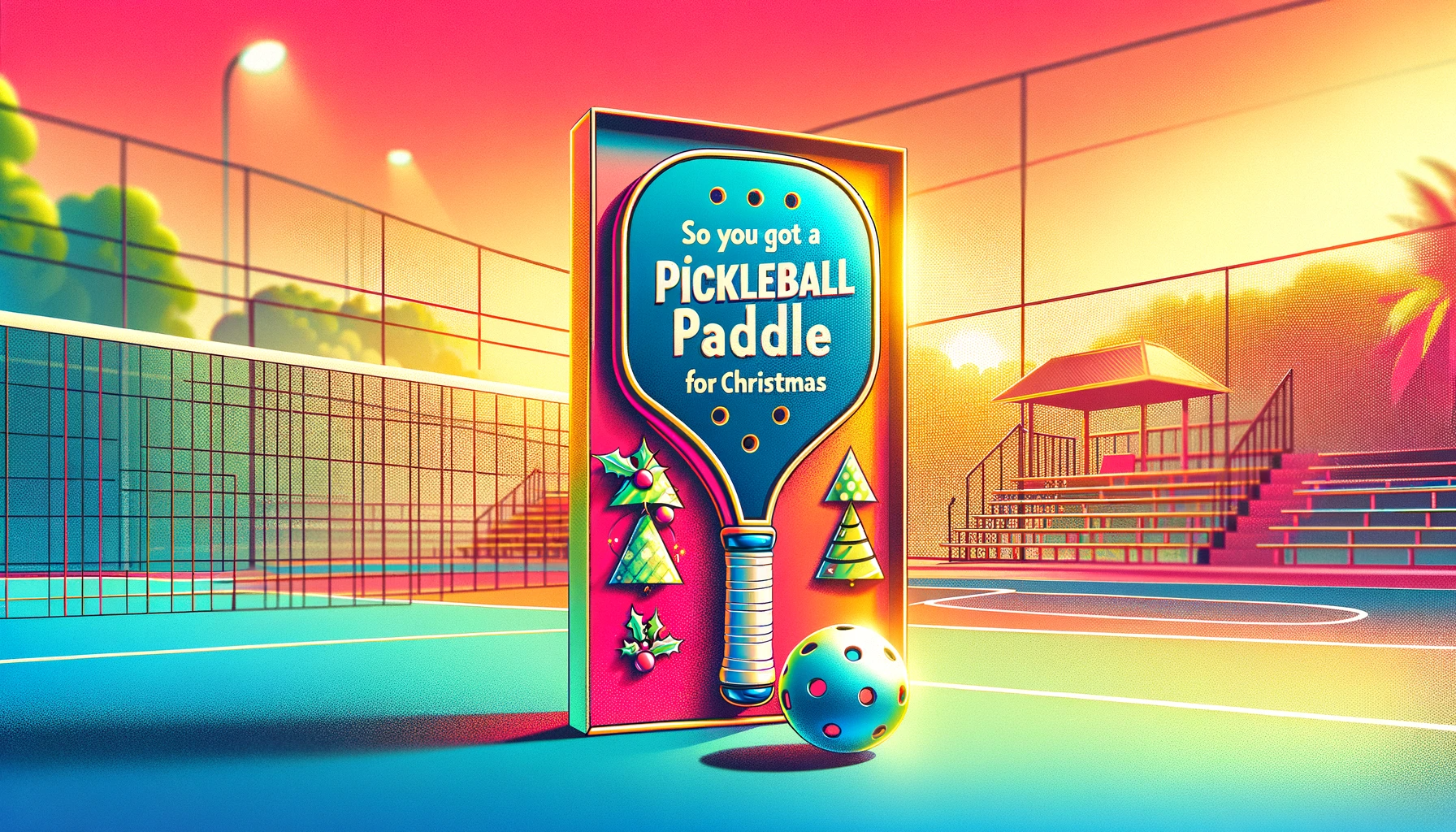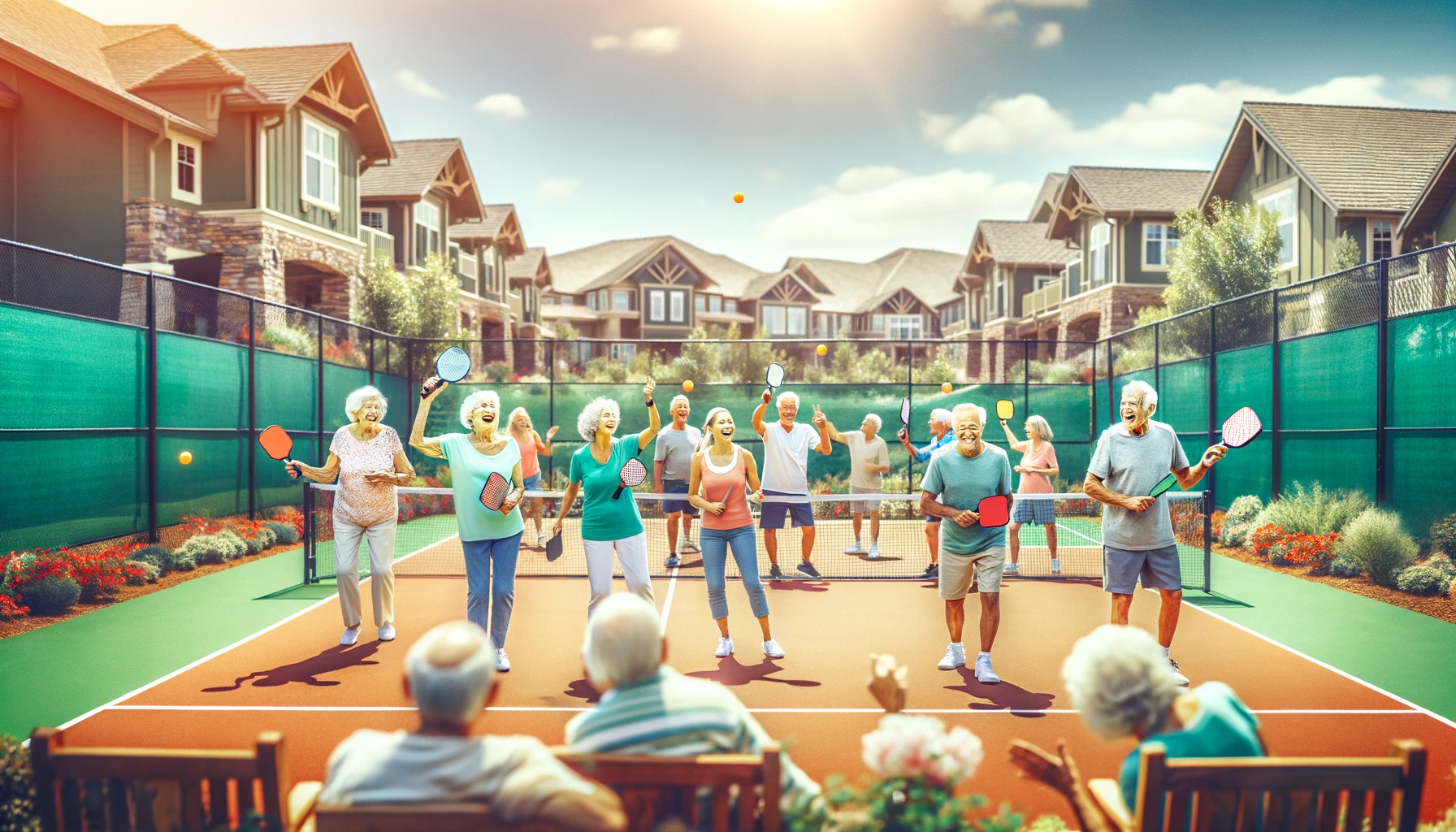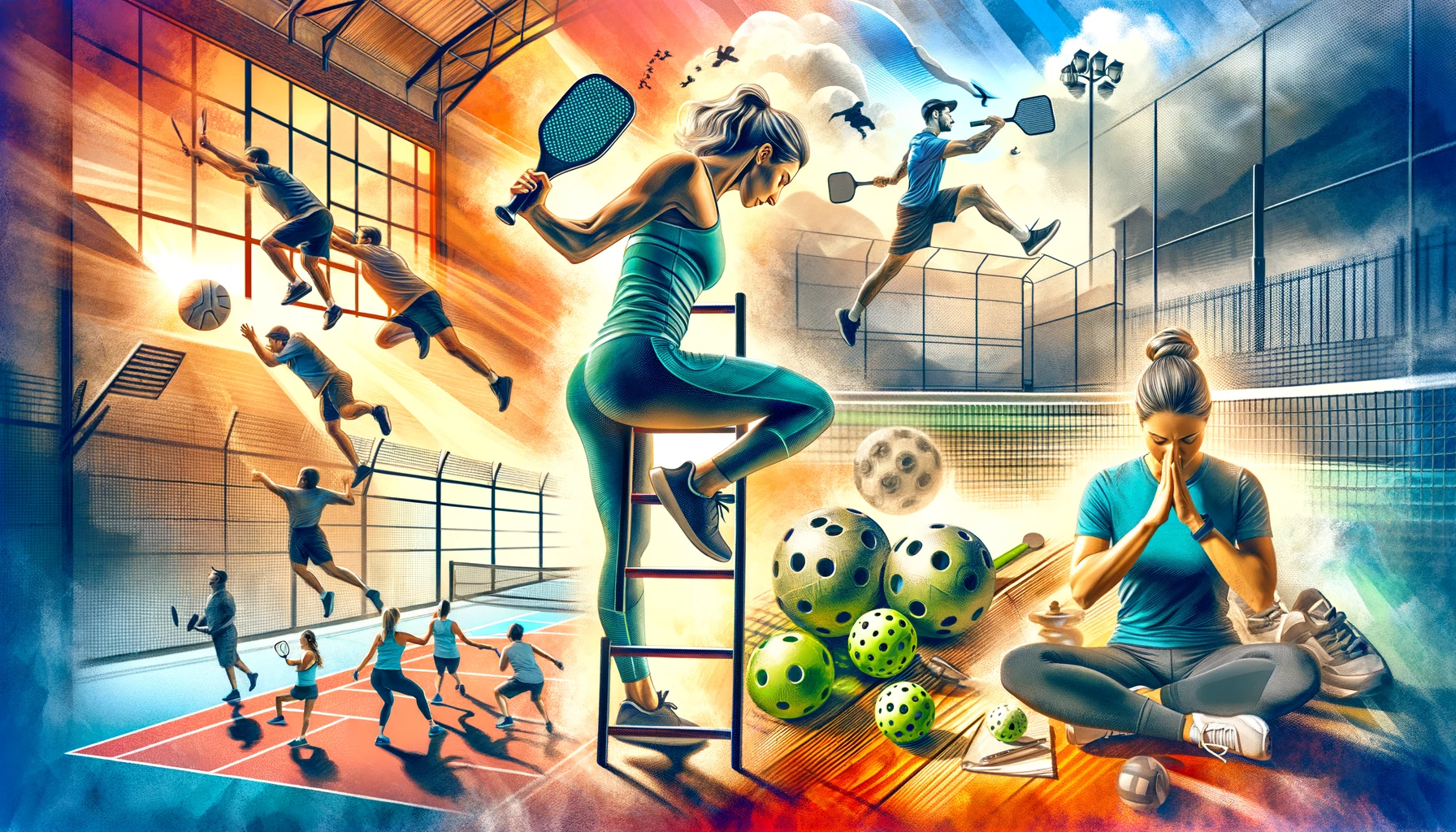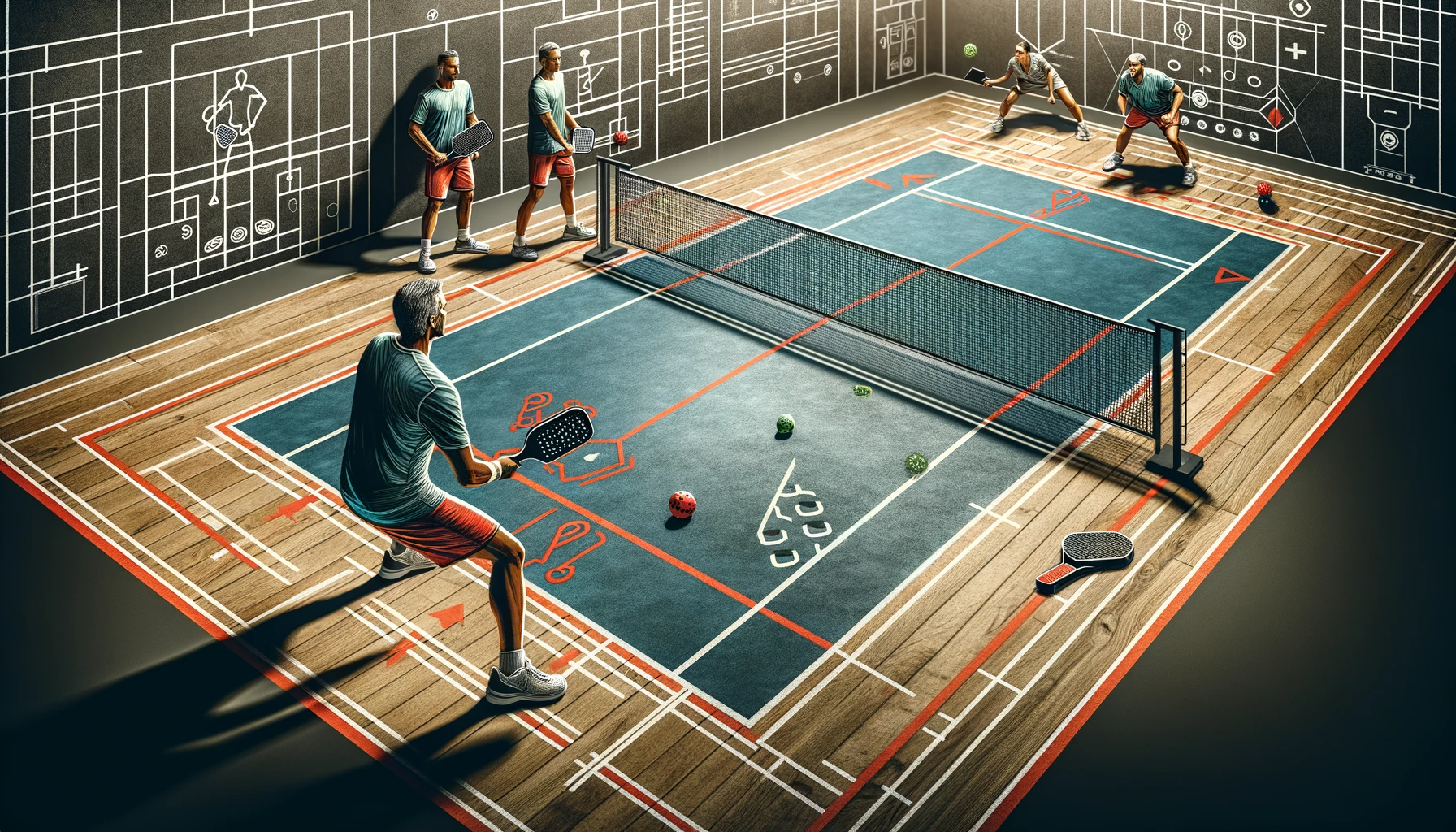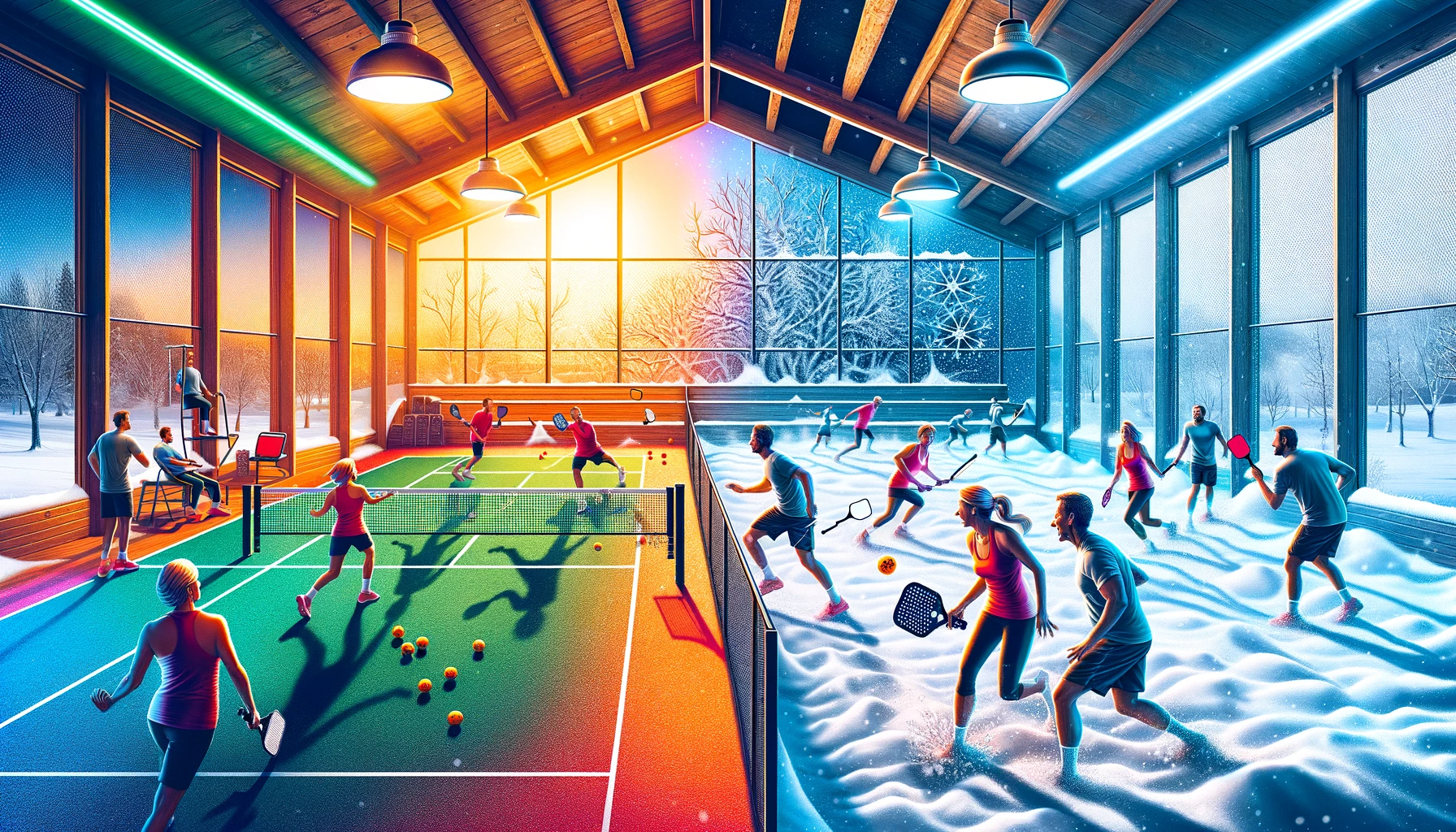
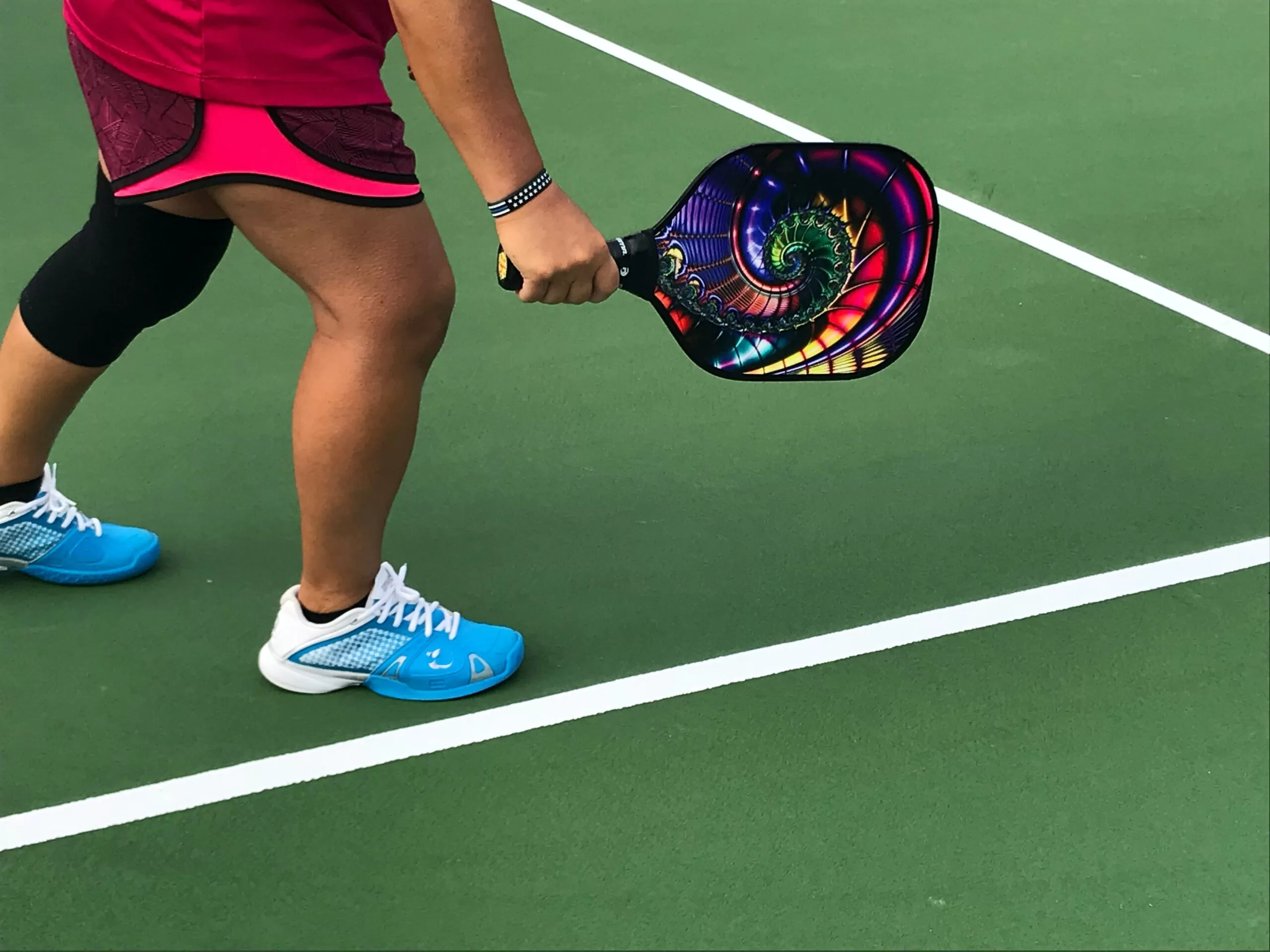
Home > Pickleball 101 > Pickleball vs. Tennis: Key Differences Explained
Pickleball vs. Tennis: Key Differences Explained
Introduction
As racquet sports continue to gain popularity, two games that often come up in comparison are pickleball and tennis. While both sports involve a racquet and a ball, there are several key differences that set them apart. In this article, we will explore the differences between pickleball and tennis, covering various aspects of the game. Whether you're a beginner looking to choose between the two or a seasoned player curious about the nuances, this article will provide you with a comprehensive understanding of the contrasting features of pickleball and tennis.
1. Court Size
Pickleball is typically played on a smaller court compared to tennis. The dimensions of a pickleball court are 20 feet wide and 44 feet long, while a tennis court measures 27 feet wide and 78 feet long. The smaller court size in pickleball makes it easier to cover ground and allows for more intense rallies.
2. Net Height
The net height is another differentiating factor between pickleball and tennis. In pickleball, the net stands at 36 inches in the center and 34 inches at the sidelines. On the other hand, the net in tennis is 42 inches high at the center. The lower net height in pickleball allows for different strategies and shots, such as the popular "dink" shot, which involves hitting the ball softly over the net.
3. Equipment
Both pickleball and tennis require specific equipment. In pickleball, players use a solid paddle made of composite materials and a perforated plastic ball. Tennis, on the other hand, involves a stringed racquet and a felt-covered ball. The differences in equipment affect the gameplay and the types of shots that can be executed.
4. Scoring System
The scoring systems in pickleball and tennis also differ. In pickleball, games are typically played to 11 points, and players can only score when serving. Additionally, points can only be won by the serving team. Tennis, on the other hand, follows a more complex scoring system with games played to 40 points and the possibility of deuce and advantage points. Understanding the scoring system is crucial for players transitioning between the two sports.
5. Speed of Play
The speed of play is another key difference between pickleball and tennis. Pickleball is generally considered a slower-paced game compared to tennis. The smaller court and slower ball speed in pickleball allow players to engage in longer rallies and rely more on strategy and shot placement rather than pure power.
6. Physical Demands
Both pickleball and tennis require physical fitness, but the demands on the body differ. Tennis is known for its explosive movements, requiring quick sprints and lateral movements. Pickleball, on the other hand, involves shorter bursts of movement and less running. The physical demands of each sport may appeal to different individuals based on their fitness levels and preferences.
7. Popularity
While tennis has been a popular sport for decades, pickleball has experienced a surge in popularity in recent years. Pickleball is often considered more accessible and beginner-friendly, attracting players of all ages. Tennis, on the other hand, has a larger following and a more established competitive scene.
Summary
In conclusion, pickleball and tennis may share some similarities, but they are distinct sports with their own set of rules, equipment, and gameplay dynamics. The court size, net height, equipment, scoring system, speed of play, physical demands, and popularity are just a few of the key differences between the two. Whether you prefer the fast-paced nature of tennis or the strategic elements of pickleball, both sports offer unique experiences and opportunities for enjoyment.
Frequently Asked Questions
1. Can you play both pickleball and tennis?
Yes, many players enjoy both sports and find that they complement each other well. The skills developed in one sport can often be transferred to the other.
2. Which sport is easier to learn?
Pickleball is generally considered easier to learn due to its smaller court size and slower pace. However, both sports require practice and skill development to excel.
3. Is pickleball a good alternative for older adults?
Yes, pickleball is often recommended for older adults due to its lower impact on joints and slower pace. It provides a great opportunity for seniors to stay active and socialize.
